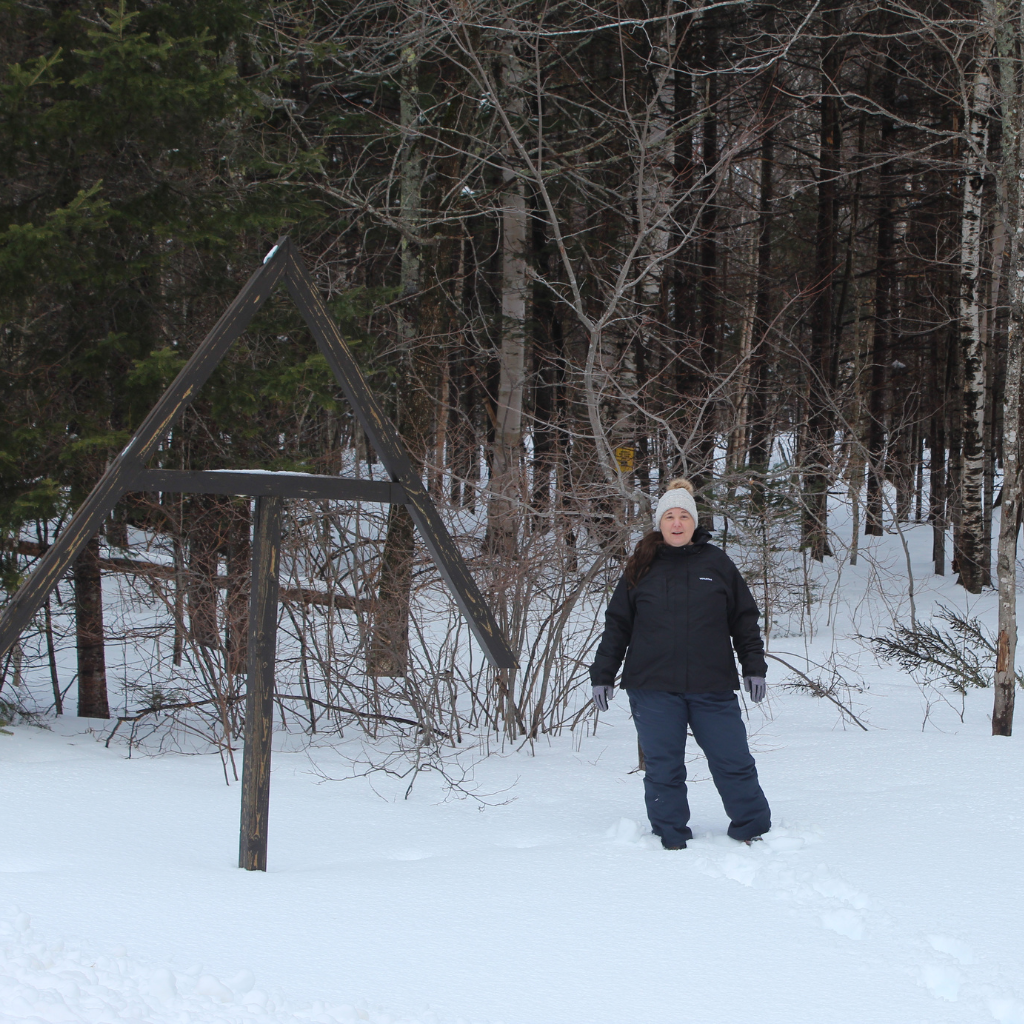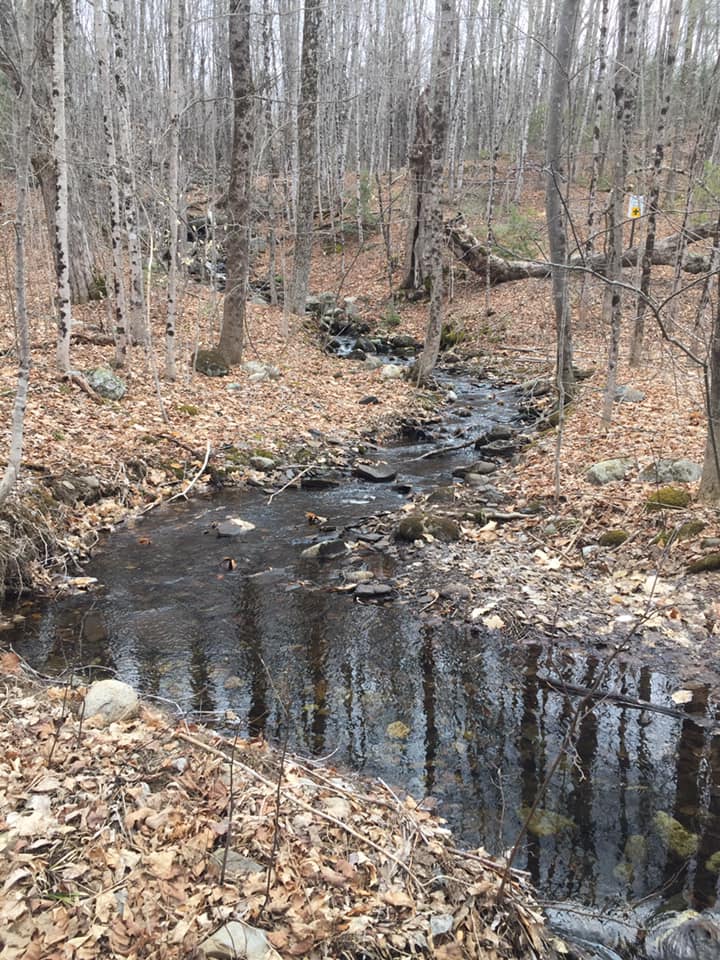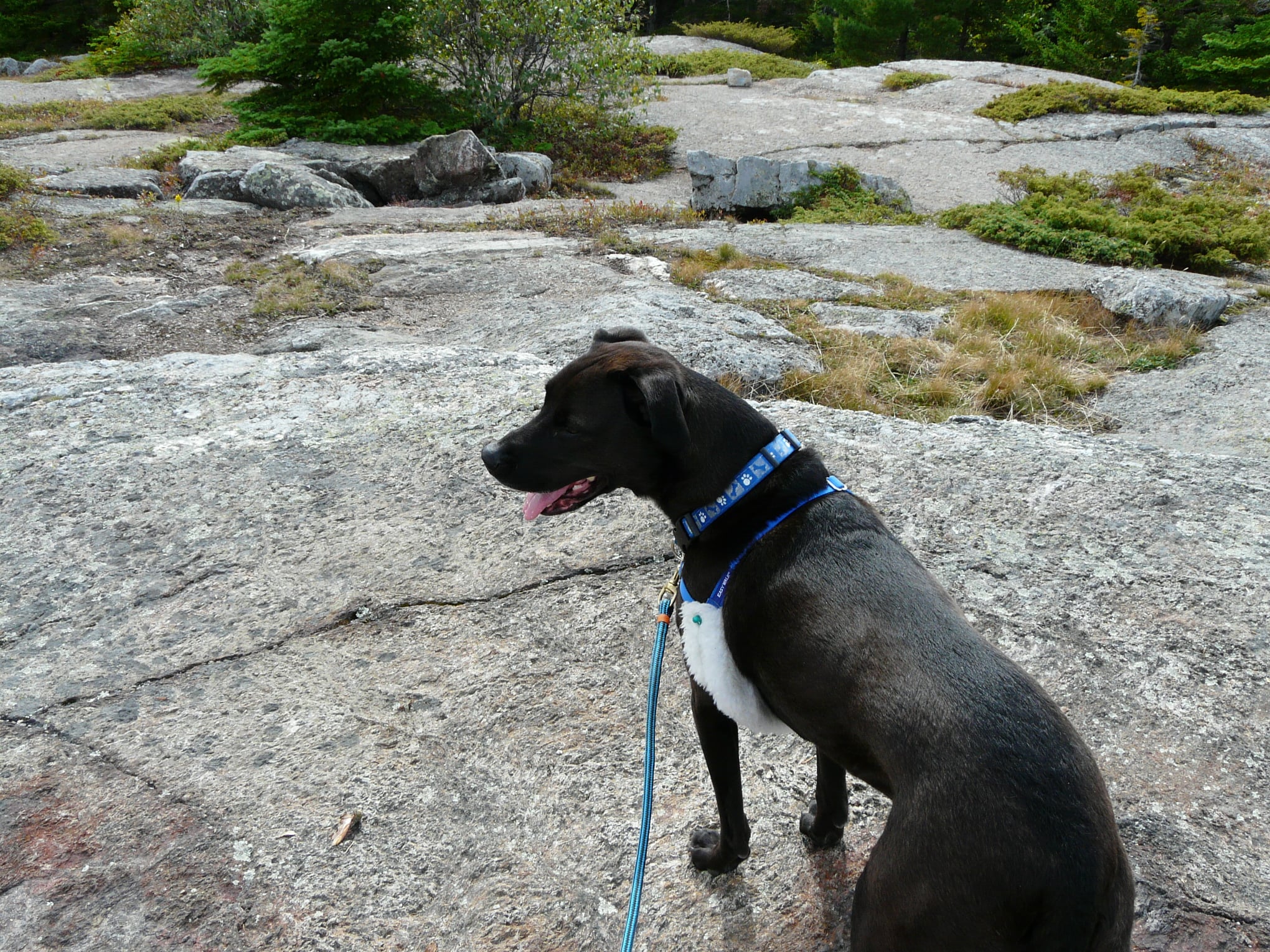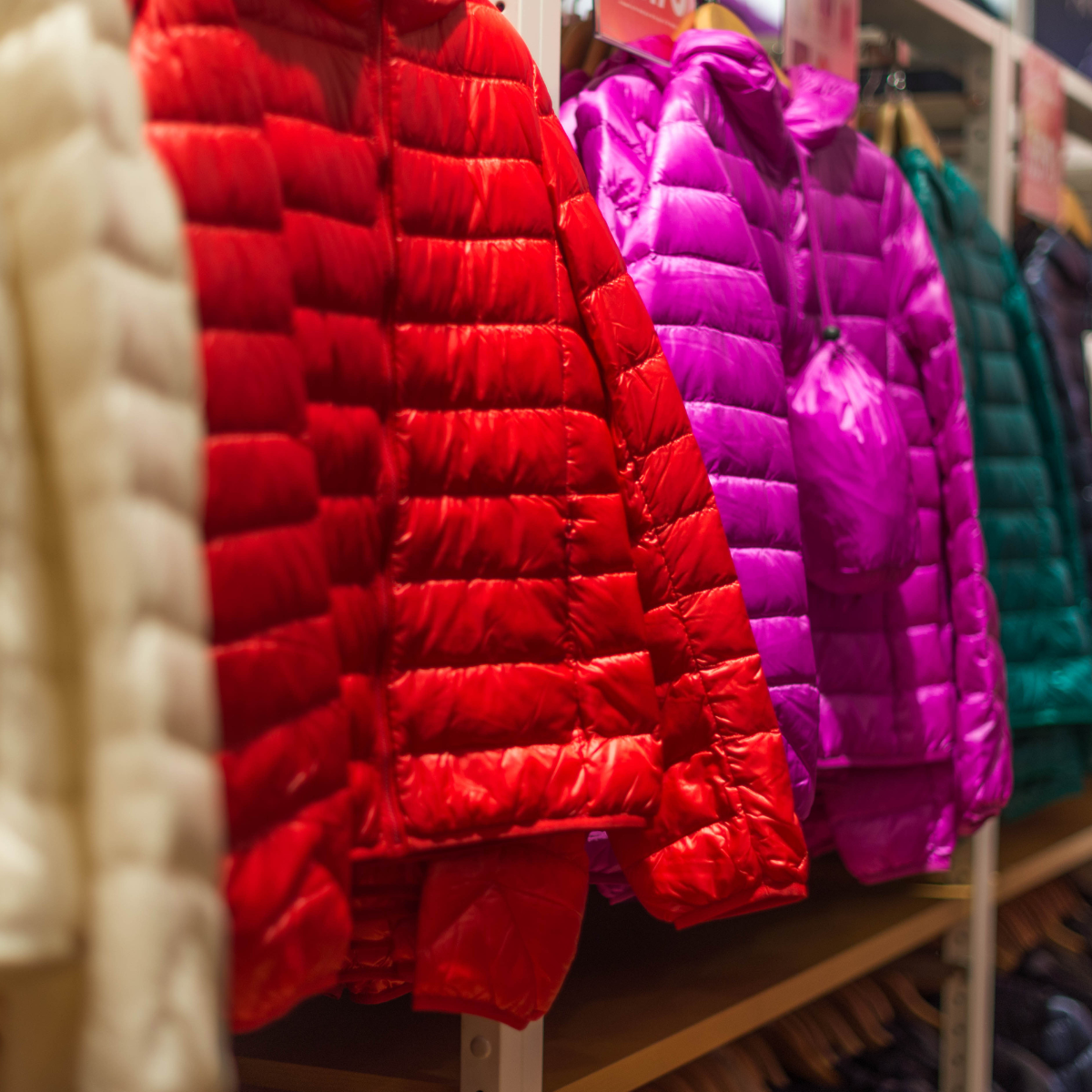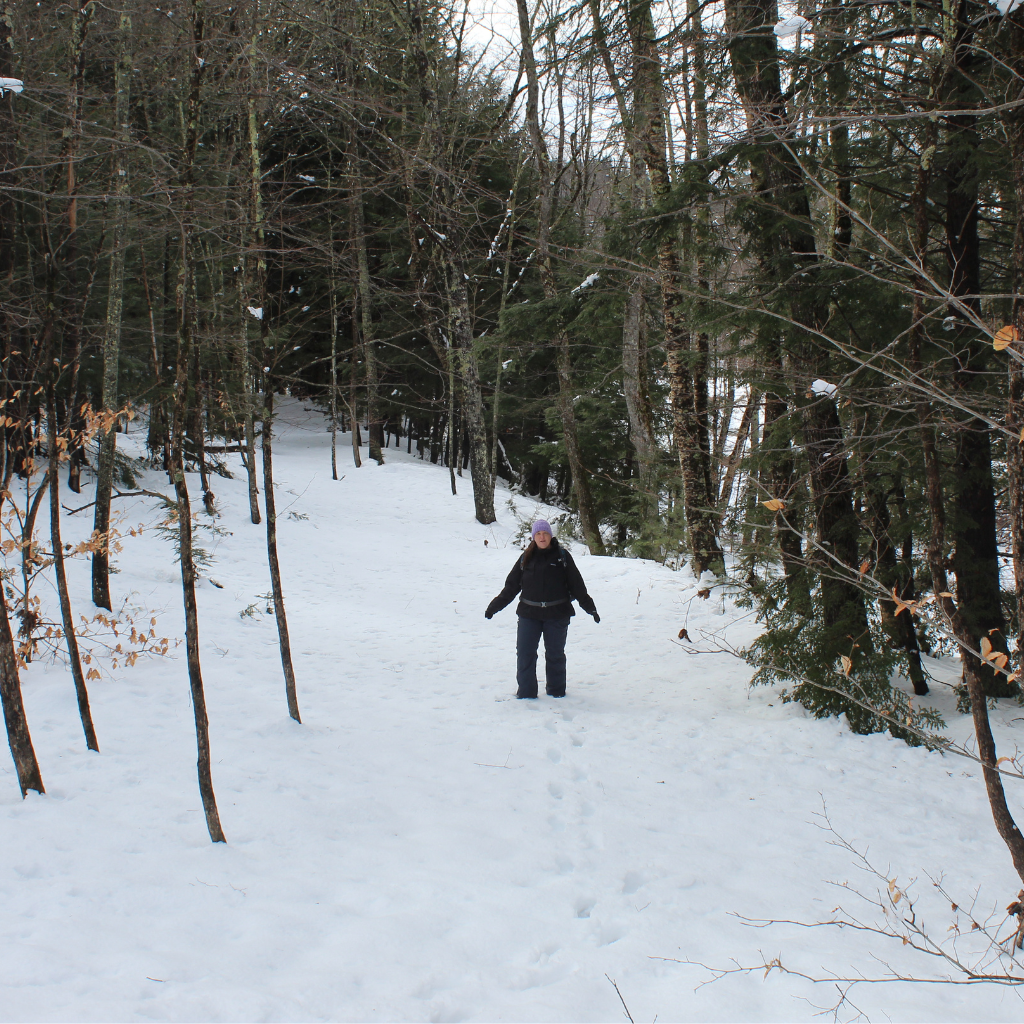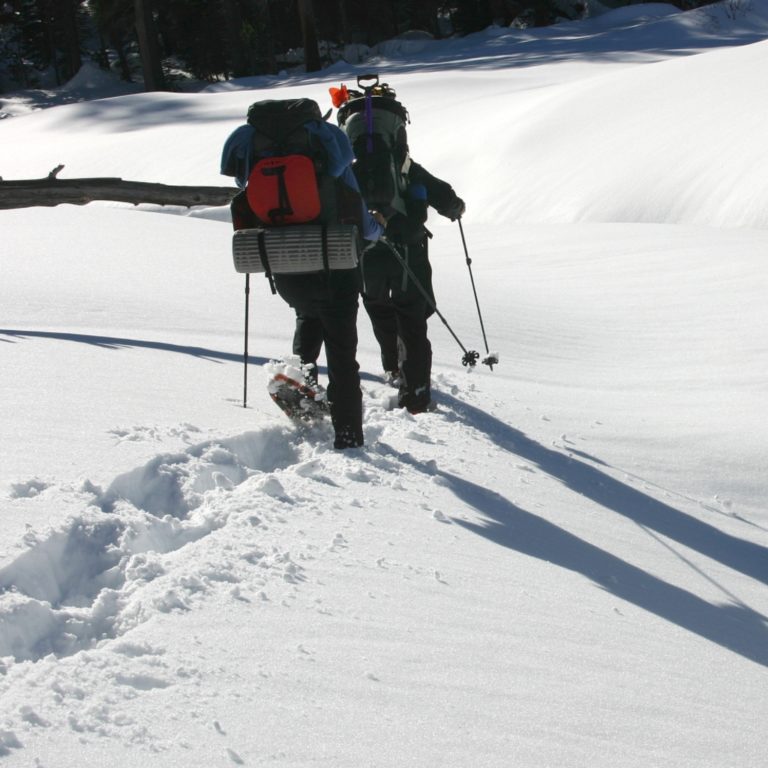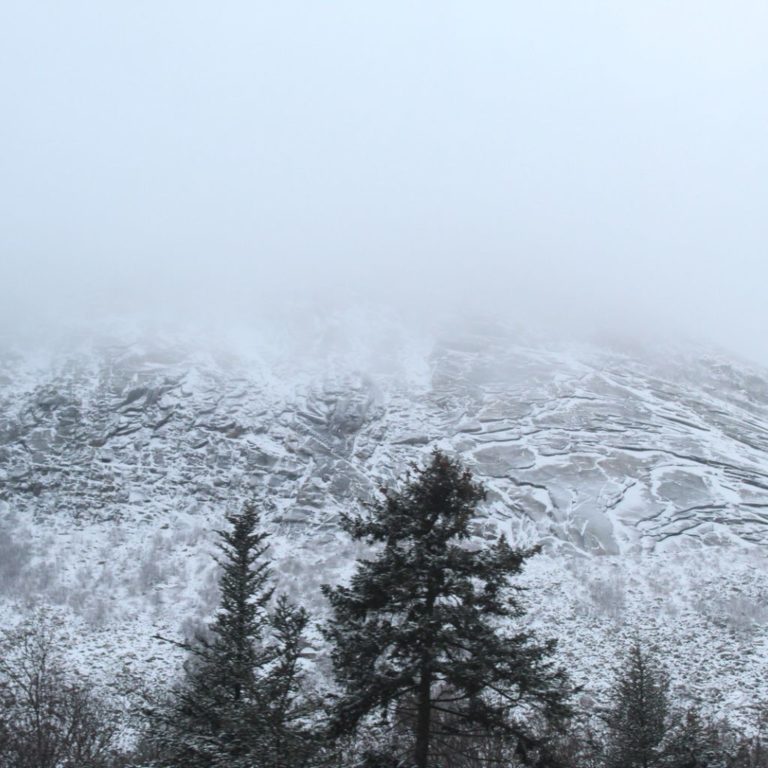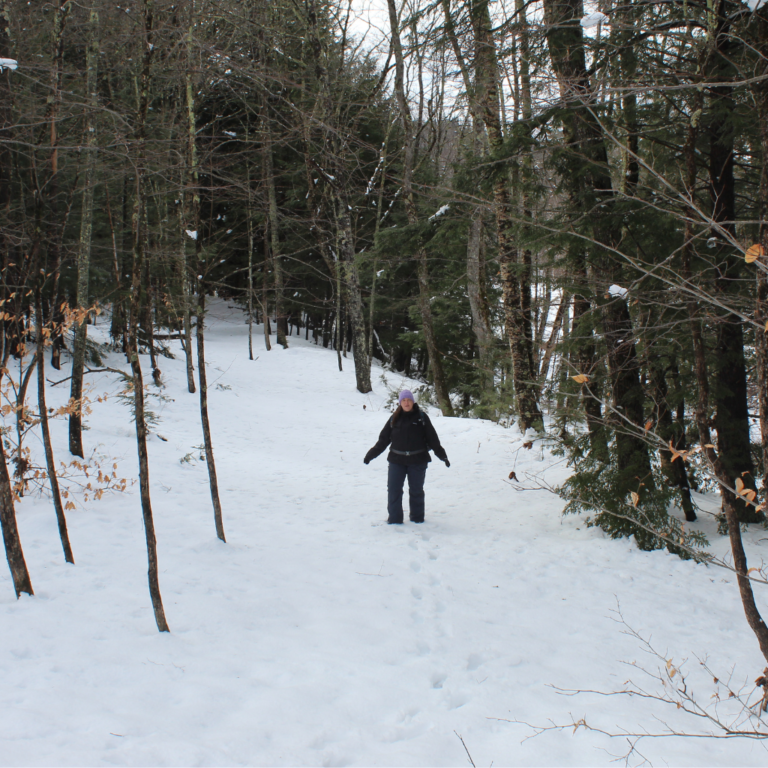Winter Hiking Jacket: What You Should Look For And Why

What You Want In A Winter Hiking Jacket
When gearing up for winter hiking adventures, finding the perfect winter hiking jacket is crucial for staying warm and comfortable in the cold weather. With a wide variety of options available, from synthetic insulation to down jackets and waterproof shells, choosing the right winter hiking jacket can be a daunting task for beginners. Understanding your local weather conditions during the winter months is key to selecting a jacket that will provide the necessary warmth and protection. Whether you’re facing snow, wind, or freezing temperatures, your winter hiking jacket should serve as a reliable outer layer to keep you safe and cozy throughout your outdoor excursions.
Weather & Wind Considerations
Before making a purchase, knowing what the average temperatures and precipitation levels in your area during the winter season are first and foremost. This will give you an idea of the type of climate you’ll be facing and help determine the level of insulation and water-resistance needed for your jacket. Keep in mind that different types of insulation have varying warmth-to-weight ratios, so consider how much weight you’re willing to carry while hiking. Down jackets are known for their superior warmth-to-weight ratio in cold conditions, but they can be heavier than synthetic options.
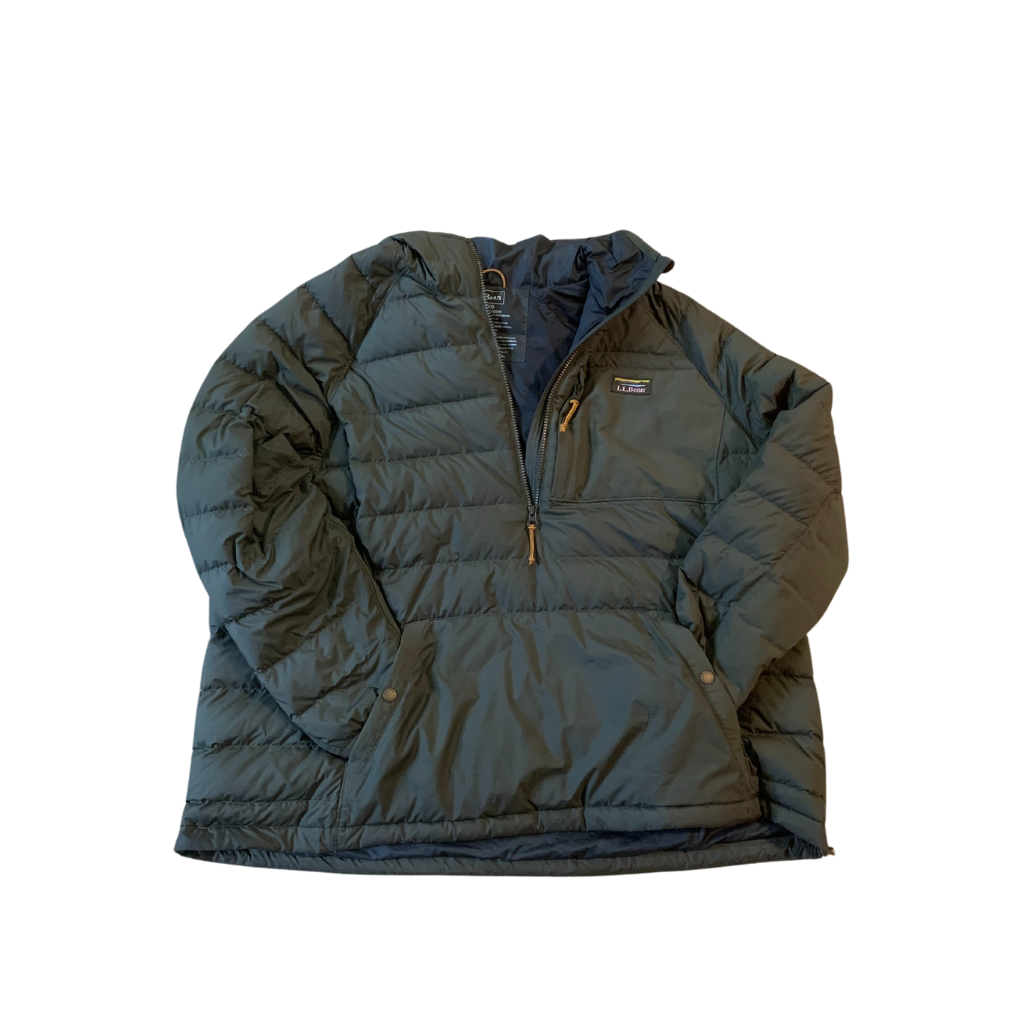
Another important factor to take into account is wind protection. Depending on where you’ll be hiking, strong winds may be prevalent during the winter months. In this case, look for jackets with wind-resistant outer shell such as adjustable hoods and cuffs or a tight-fitting design. Water-resistance is also crucial when choosing a winter hiking jacket. If you’ll be facing snow or rain on your winter hike, opt for a jacket with a waterproof or water resistant shell. This will help keep you dry and comfortable during inclement weather.
Fit & Durability
Additionally, consider the fit of the jacket. You want to make sure there is enough room for your base layer underneath but not too much excess material that can create air pockets and reduce warmth. It’s a good idea to look for jackets with adjustable features such as drawstrings at the waist or hem to customize the fit to your body shape.
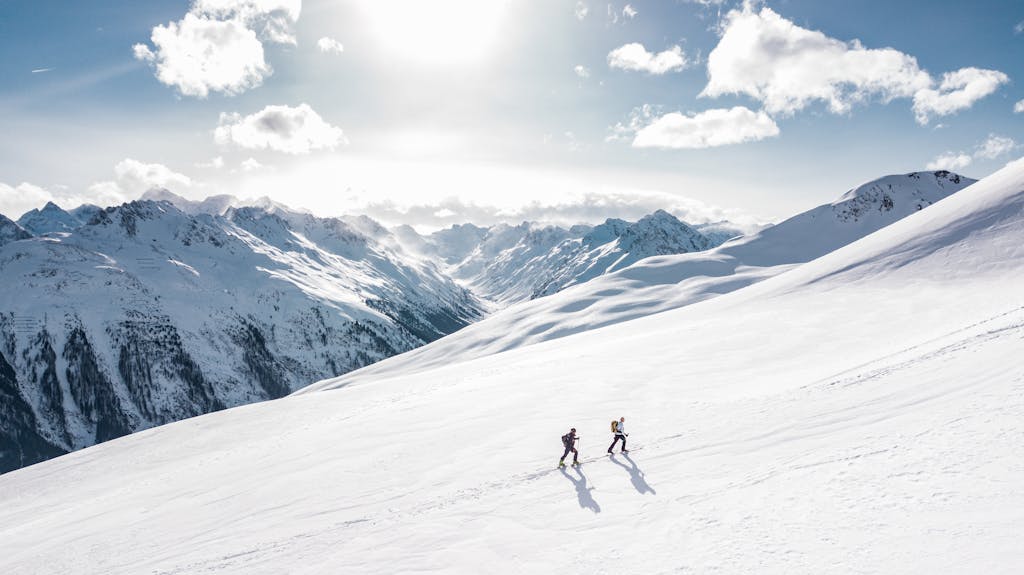
Lastly, think about the durability of the jacket. Winter conditions can be harsh, so it’s important to choose a durable option that can withstand wear and tear. Look for jackets made with sturdy materials such as nylon or Gore-Tex and reinforced stitching.
Personal Considerations
Now that you have a better understanding of what to look for in a winter hiking jacket, it’s time to consider your personal needs and preferences. Are you someone who gets cold easily? This would be me! Consider a jacket with an extra layer of insulation or a removable inner layer. Do you prefer pockets for storage or hoods for added protection? If it’s gets too warm as the day progresses can it be easily stored in your pack? Take these factors into account when making your decision.
Remember, investing in a quality winter hiking jacket will not only keep you warm and dry during your cold-weather adventures but also last you for many seasons to come. As always I like to have as much of my hiking clothing be functional for everyday wear, and my winter hiking jacket is no exception. Another important consideration is the length of your jacket. For me I like a little longer jacket in the winter to make sure I do not have any skin exposure if I bend over for something.
The 3 Layer Rule For Winter Hiking
The three layering system consist of layer one being your bass layer which wicks sweat from your skin. Layer two would be your middle layer, also called the insulating layer. This layer helps to regulate body temperature by retaining the body heat, which is protecting you from the cold. The third and final layer is the outer layer also called the shell. The show is what is going to shield you from rain, wind, snow, and other elements. When hiking in cold climates, be sure to follow the three layer rule. If you get too warm, you can always stop and remove one of your layers. Because whether during the winter months can be so unpredictable, it is best to make sure you have all three layers with you.
An Overview Of Your Base Layer
Often times when you think of a base layer, you will think of a thermal layer. A base layer and thermal layer are not the same. The base layer is meant to wick moisture away from the skin while a thermal layer is designed to act as an insulator for your body. So when purchasing your base layer, make sure you’re not purchasing a thermal layer for hiking. Because layer number two acts as your thermal layer there is no need to have two thermal layers. The light baselayer is generally made of a thin material so it does not add bulk on top of your outer two layers. Wearing a thermal layer instead of a base layer can result in you overheating and becoming sweaty.

There are a few fabric materials to pick from for your base layer. The most common materials are merino wool, polyester, or nylon blends. These materials are known for their ability to wick moisture away and keep you dry. You should also consider the weight of the material. For warmer weather activities, a lightweight material will be more suitable while for colder weather, a heavier weight may be necessary for added warmth. Additionally, make sure the base layer fits snuggly against your skin without being too tight. I will repeat this, your base layer needs to fit snuggly! In order for your base to do its job and wick moisture away from your skin, it needs to be touching your skin. You also do not want it to be loose because it can move around and bunch up while you hike.
If you would like to learn more about base layers, and which one might be right for you, you can read about it here.
Middle Layer For Your Hiking Jacket
A middle layer, also known as a midlayer, plays a crucial role in providing an insulation layer and warmth in a winter hiking jacket system. Positioned between the base layer and the outer shell, the midlayer traps the warm air form your body heat to keep you warm in cold conditions. Unlike the base layer, which is typically thin and moisture-wicking, the midlayer is designed to provide additional warmth by retaining heat close to your body. This layer is essential for regulating your body temperature during outdoor activities, especially in fluctuating weather conditions commonly encountered during winter hikes.
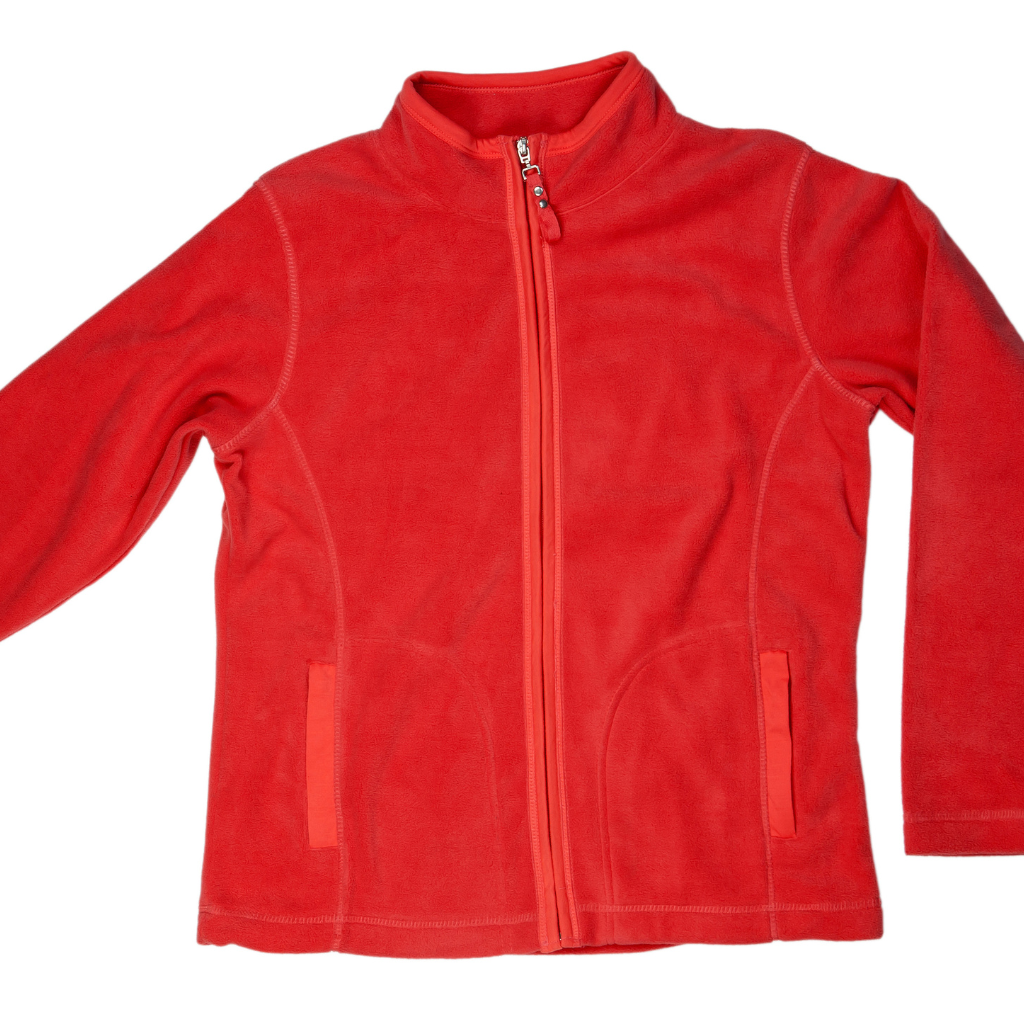
When selecting a midlayer for your hiking jacket, consider materials like fleece, down, or synthetic, which are known for their insulating properties. Fleece midlayers are lightweight, breathable, and quick-drying, making them a popular choice. A fleece middle layer is my personal favorite and great option for daily wear! Down midlayers offer exceptional warmth-to-weight ratio but may lose their insulating ability when wet. They also take a long time to dry. If you plan on hiking in a lot of wet weather I would not recommend a down jacket. Synthetic insulation, on the other hand, provides warmth even when damp and dries quickly. The most common synthetic materials used is polyester. Choose a midlayer that suits the intensity of your winter hike and the prevailing weather conditions to ensure optimal comfort and performance on the trail.
In addition to providing insulation, the midlayer should also allow for unrestricted movement. Look for midlayers with features like stretch panels for mobility and ventilation zippers to release excess heat and moisture. By selecting the right midlayer to complement your base and outer layers, you can create a layering system that keeps you comfortable and protected during winter hiking adventures.
Shell Layer For Your Hiking Jacket
The outermost jacket layer also called the shell layer is comprised of soft shells, waterproof shells and wind shells. A soft shell is going to have some stretch to the fabric and is breathable. Most softshell jackets are made of material that is wind and water resistant making it an option for days with light rain and damp conditions. Because I am often hiking in Maine’s colder temperatures I opt for a drop hem with hand pockets for my winter shell. I often find myself in the mountains of Maine in the deep snow during my cold weather hikes so I prefer to have a longer hem on the back of my jacket. You know, for when I fall over!!! I find it helps keep the snow and cold air out. I also prefer an adjustable hood and elastic or velcro cuffs.
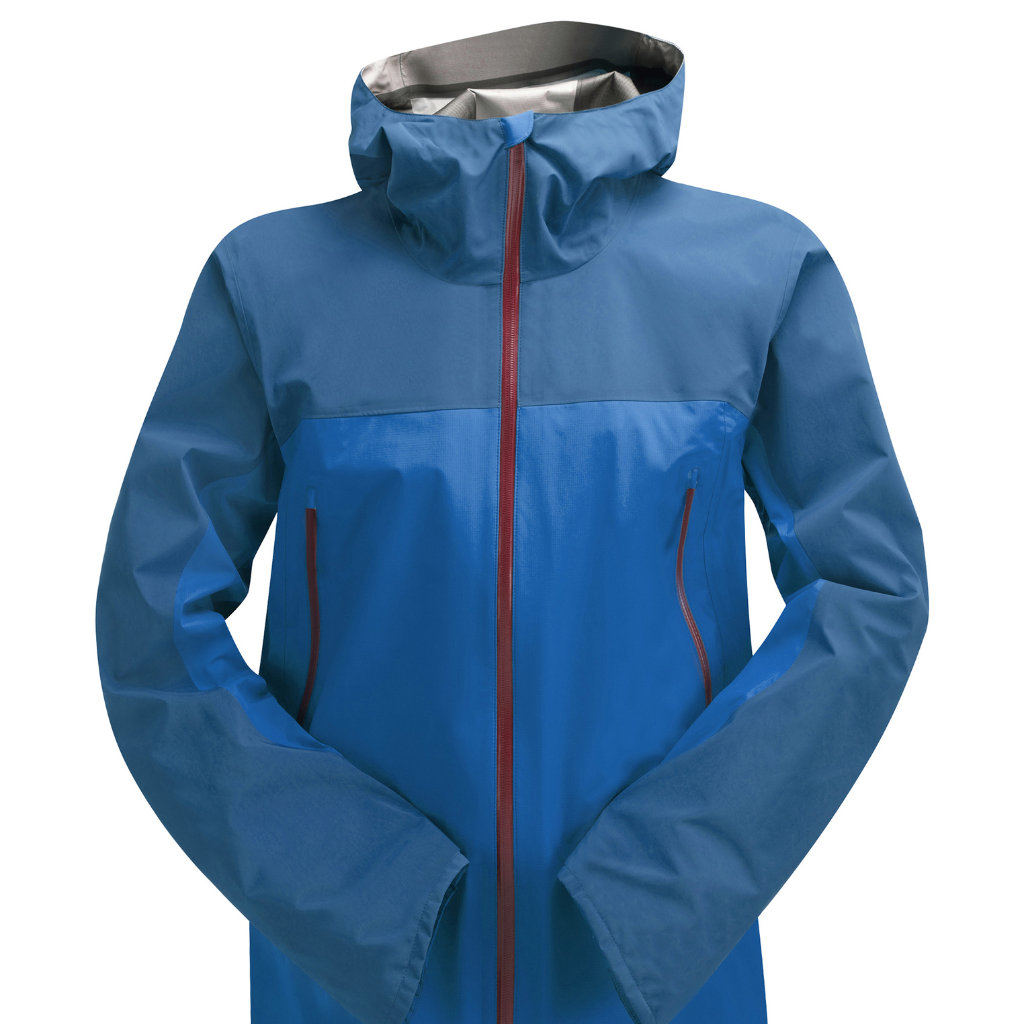
Next up is the waterproof shell, and no it is not the same as a rain jacket. Because they are designed for your winter adventure they will feature zippered vents and some soft of thin liner inside the jacket. Having the right gear for your hike in the winter months is important, so make sure you are not trying to use any rain jackets as your waterproof shell.
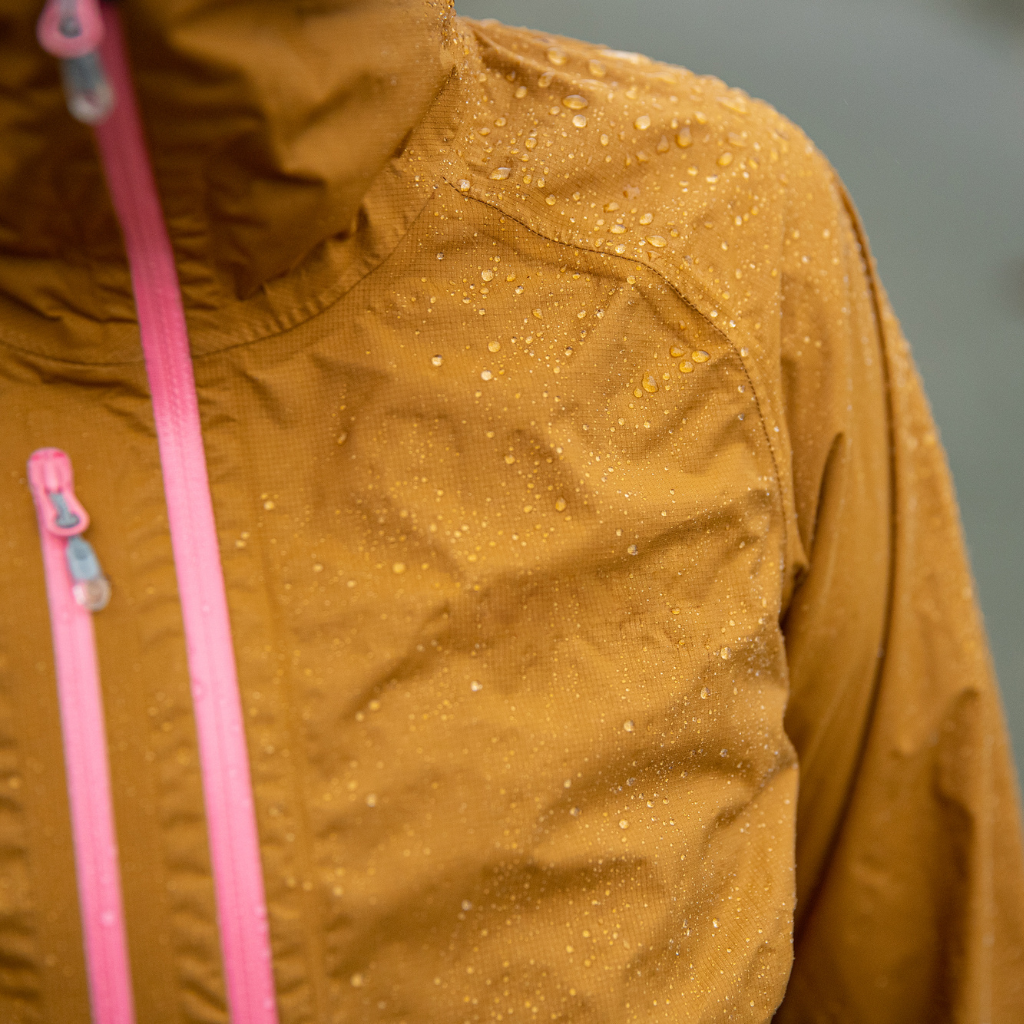
Last up is your wind shell. Not all wind shells are waterproof! They are all at least water resistant. You can get a separate waterproof shell and windproof shell or you could just get one that is both. I prefer one that is both. It is less gear I need to buy and store. However, if you want a one that is solely windproof, there are several types to pick from. Just make sure you pick one with a hood. You will thank me later.
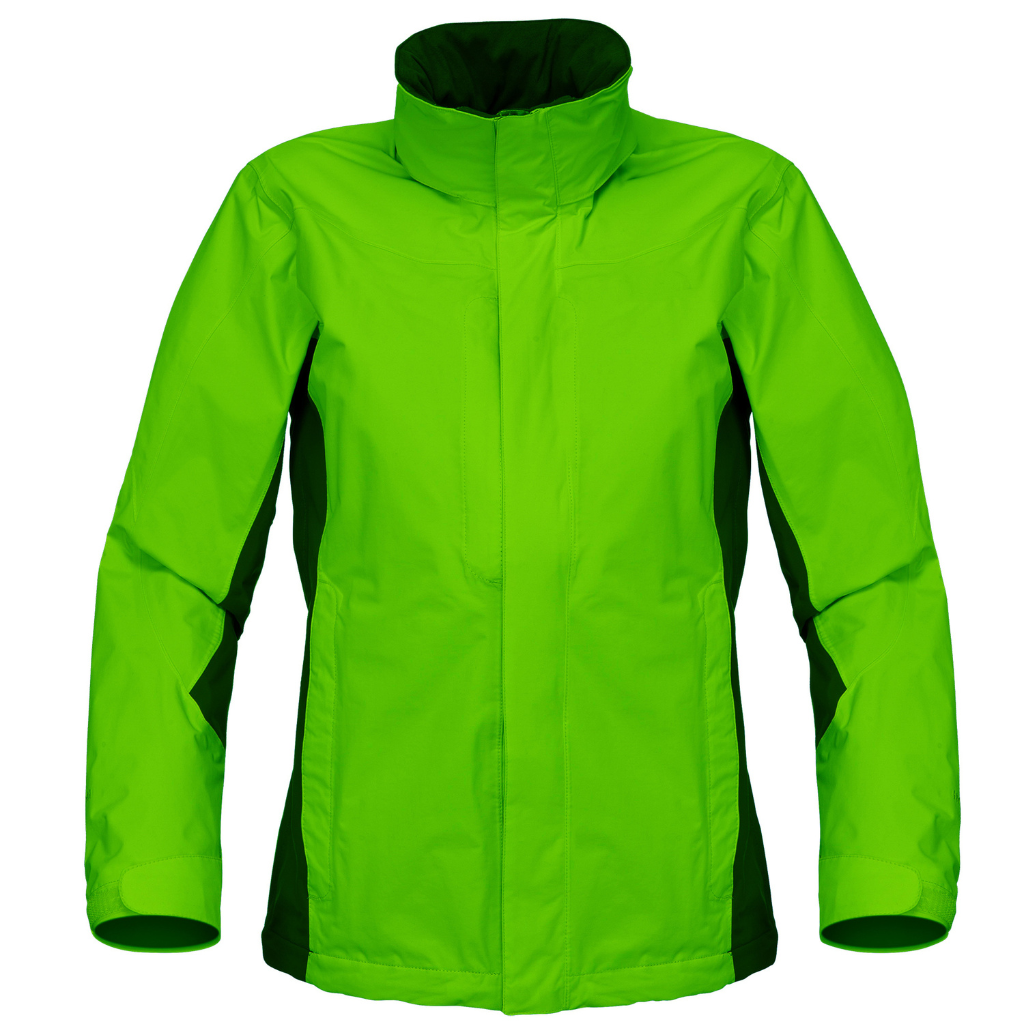
The 3 in 1 Winter Hiking Jacket
I like to refer to these jackets as the unsung hero’s and best winter jackets for beginner hikers. My go to winter hiking jacket is a 3 in 1. I love these types of jackets because they tend to be the best value and are great for everyday use. The 3 in 1 jacket generally consist of an outer waterproof shell, an inner fleece or insulated layer, and the option to combine them. By combining them you are combining the middle layer and shell layer discussed above.
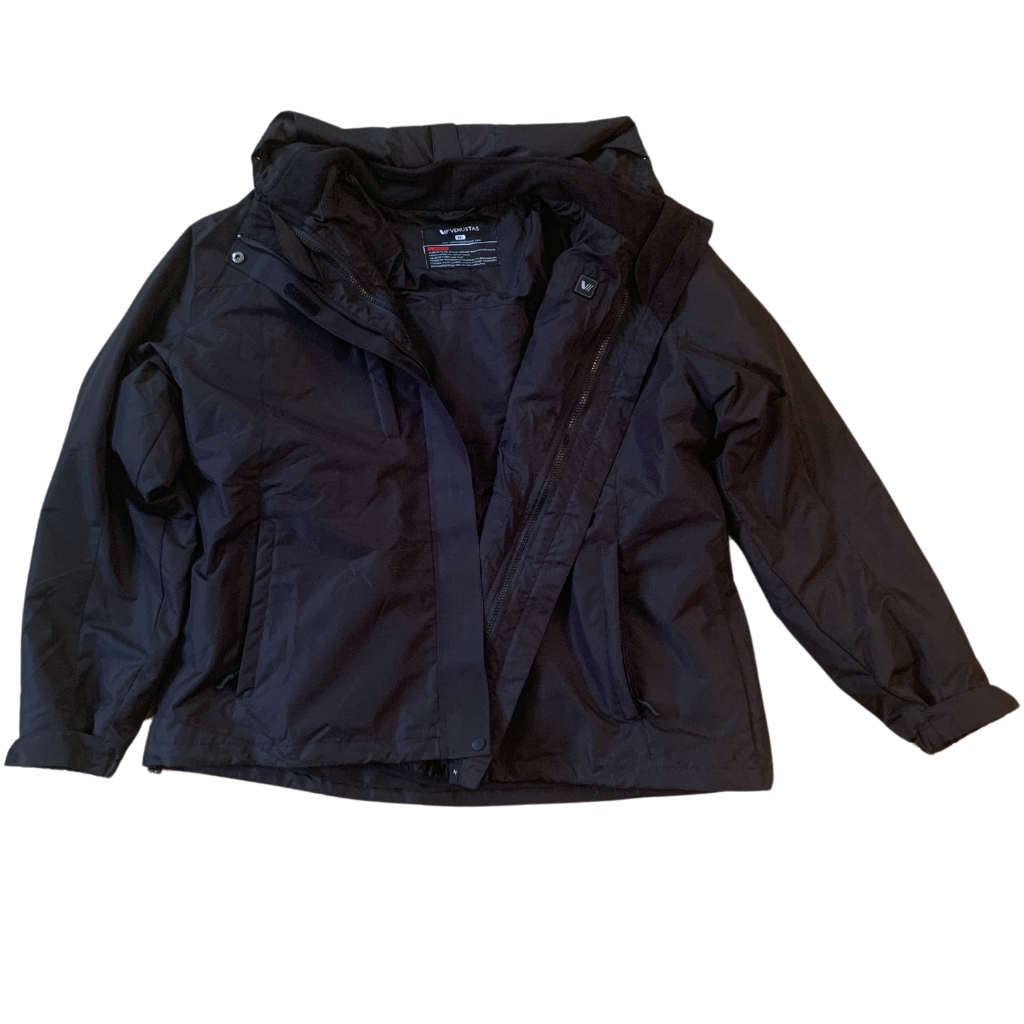
One huge benefit of the 3 in 1 jacket is its versatility. You can easily remove the inner layer on warmer days to wear just the outer shell as a raincoat during wet hikes. You can also wear just the inner layer, which is what I like to do in the spring and fall. This is getting three jackets in one! Which makes this not only the perfect type of jacket for winter hiking, but the perfect jacket for all seasons.
Final Thoughts On Winter Hiking Jackets
Beginning your winter hiking adventure can be scary but finding your outdoor winter gear shouldn’t be. With an overview on the layers you need to wear in the winter you should feel confident when you are getting ready to hit the trails. If you are looking for my top picks for winter hiking jackets you can check them out here. I have tried a wide variety of the layers discussed above and have narrowed what the best are for cold climates. I cannot wait to hear about your hiking adventures!!!

